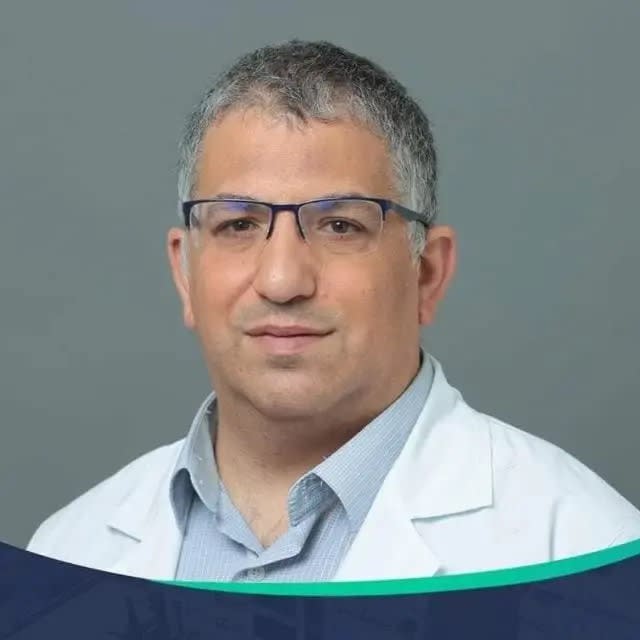Non-alcoholic fatty liver disease (NAFLD) is one of the most common diseases in the Western world. The disease has become the leading cause of liver cirrhosis and a significant reason for liver transplants.
The prevalence of the disease is increasing due to unhealthy dietary habits, a sedentary lifestyle, and obesity among the population. The rate of NAFLD in Israel is estimated at about 30% of Israelis, including children and adolescents, making it a very common disease. NAFLD is the accumulation of fat in the liver that can lead to inflammation, scarring, and significant liver damage leading to cirrhosis and liver failure.
In most cases, the disease is diagnosed randomly as there are no specific symptoms in the early stages except for findings in blood tests or through an ultrasound. The severity of the disease can be diagnosed through various methods, including biopsy or FibroScan Testing, which non-invasively assesses liver stiffness and fat content.
Only in later stages of the disease do signs related to liver damage appear. The main reason for fatty liver is linked to the metabolism, which includes excess weight, diabetes, high blood pressure, and excess fats in the blood.
The rise in the prevalence of obesity among the population contributes to the increase of NAFLD, as well as in other components of metabolic disorders. Lack of physical activity and a processed sugar-rich diet, including sugary drinks, are closely related to obesity, the development of diabetes, and the development of NAFLD.

How is NAFLD treated?
The basis of treating NAFLD involves lifestyle changes - a healthy diet that reduces processed foods, sugar, and carbohydrates, moderate physical activity (such as walking), avoiding alcohol (which on its own can lead to fat accumulation in the liver), as well as optimal management of risk factors (weight loss, managing diabetes, and blood lipids).
Recently, new medications and treatments have been developed to address the obesity epidemic (weight loss drugs, endoscopic treatments, and surgeries). The US FDA has recently approved a medication for treating NAFLD, but these medications and treatments should be accompanied by dietary changes and a healthy lifestyle.
Treating NAFLD can significantly improve fat filtration, reduce liver damage, and prevent future complications related to fatty liver.
An unhealthy lifestyle and a diet high in processed foods and sugars can lead to various diseases that can cause significant liver damage. It is extremely important to adopt a healthy diet and maintain moderate physical activity to prevent and treat NAFLD.
The writer is an expert in liver diseases, gastroenterology, and internal medicine. He is a volunteer for the organization Lemaanchem under the leadership of its president, Rabbi Yossi Erblich.
Need advice? Call Lemaanchem at *6884
